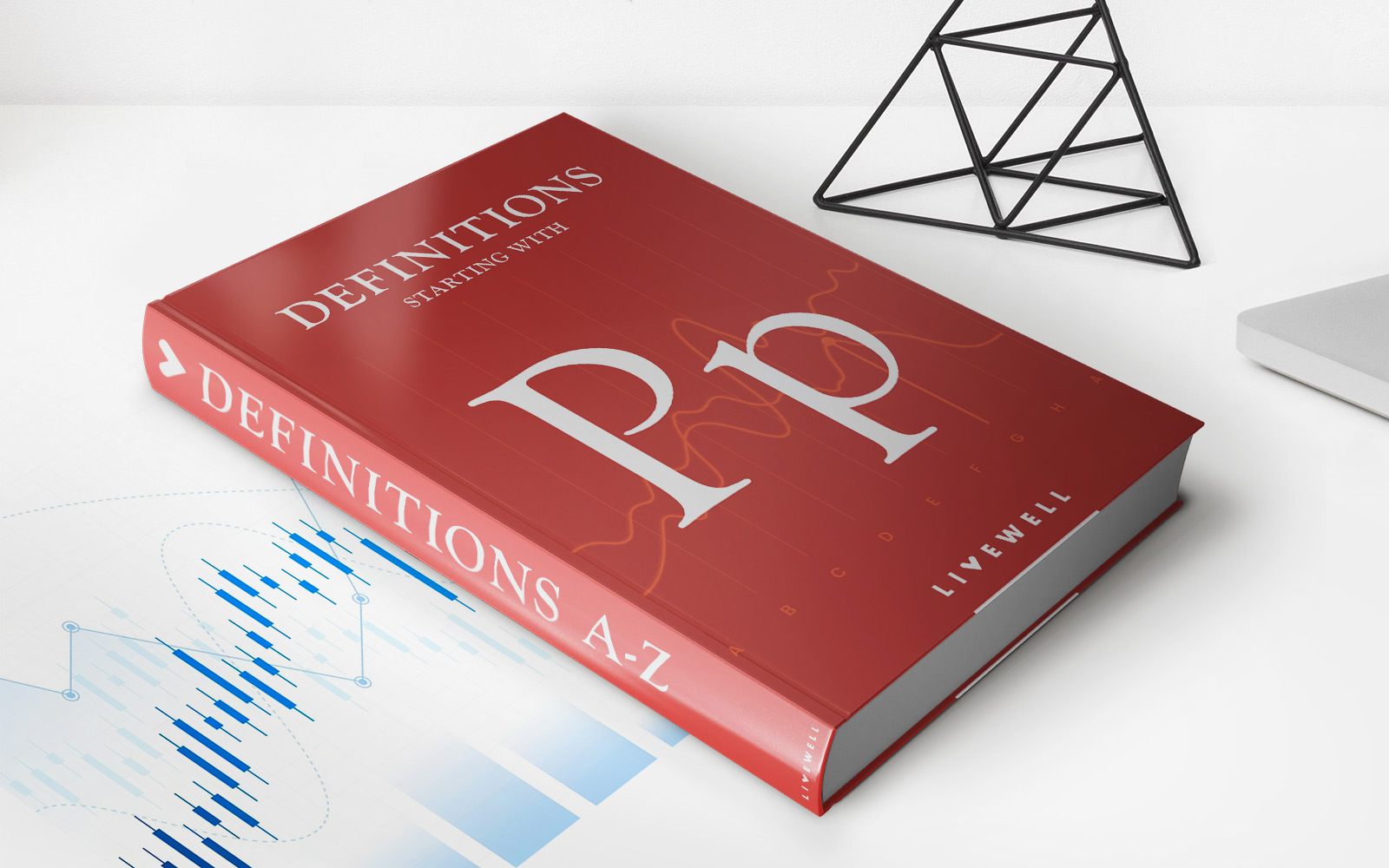Home>Finance>Yield Maintenance: Definition, Formula, And How It Works


Finance
Yield Maintenance: Definition, Formula, And How It Works
Published: February 19, 2024
Learn the definition, formula, and workings of yield maintenance in finance. Find out how it affects loans and investments.
(Many of the links in this article redirect to a specific reviewed product. Your purchase of these products through affiliate links helps to generate commission for LiveWell, at no extra cost. Learn more)
What is Yield Maintenance?
Yield Maintenance is a financial term that refers to a method used by lenders to calculate the penalty or fee charged to borrowers who want to pay off a fixed-rate loan before its maturity date. This fee is designed to compensate the lender for the potential loss of interest income that would have been earned if the borrower had continued making loan payments until the loan’s maturity.
Key Takeaways:
- Yield Maintenance is a fee charged to borrowers who want to prepay a fixed-rate loan before its maturity date.
- The fee compensates the lender for the potential loss of interest income that would have been earned if the borrower had continued making loan payments until maturity.
How Does Yield Maintenance Work?
Yield Maintenance is commonly used in commercial real estate loans, and it serves as a way to provide the lender with a predetermined level of yield or return on their investment. When a borrower decides to prepay their loan, the lender calculates the present value of the remaining future cash flows based on the loan’s original interest rate and remaining term, and then subtracts it from the loan’s prepayment amount. This calculation allows the lender to determine the fee or penalty that the borrower must pay to compensate for the lost interest income.
Yield Maintenance Formula
The formula used to calculate Yield Maintenance can vary slightly depending on the loan agreement between the lender and the borrower. However, a commonly used formula is:
Yield Maintenance Fee = P * (r – mi) * (D/T)
- P: Is the prepayment amount.
- r: Is the original interest rate of the loan.
- mi: Is the market interest rate at the time of prepayment.
- D: Is the present value of the remaining future cash flows.
- T: Is the original term of the loan.
By using this formula, the lender can determine the appropriate fee that the borrower must pay, taking into account the current market interest rate and the remaining time on the loan.
It’s important to note that Yield Maintenance can sometimes be a complex calculation, and it is advisable for borrowers to fully understand the terms of their loan agreement and consult with financial professionals to ensure that they are aware of any potential prepayment fees that may apply.
Yield Maintenance provides lenders with a level of security and helps to protect their expected returns. On the other hand, borrowers need to carefully consider the potential impact of prepayment fees when deciding whether to pay off a loan early or refinance.
In summary, Yield Maintenance is a method used by lenders to calculate the penalty or fee charged to borrowers who want to prepay a fixed-rate loan before its maturity. By using a formula that takes into account the original loan terms, market interest rates, and remaining loan term, lenders can ensure that they are adequately compensated for any potential loss of interest income. It is important for borrowers to fully understand the terms of their loan agreement and seek professional advice when considering loan prepayment or refinancing options.














